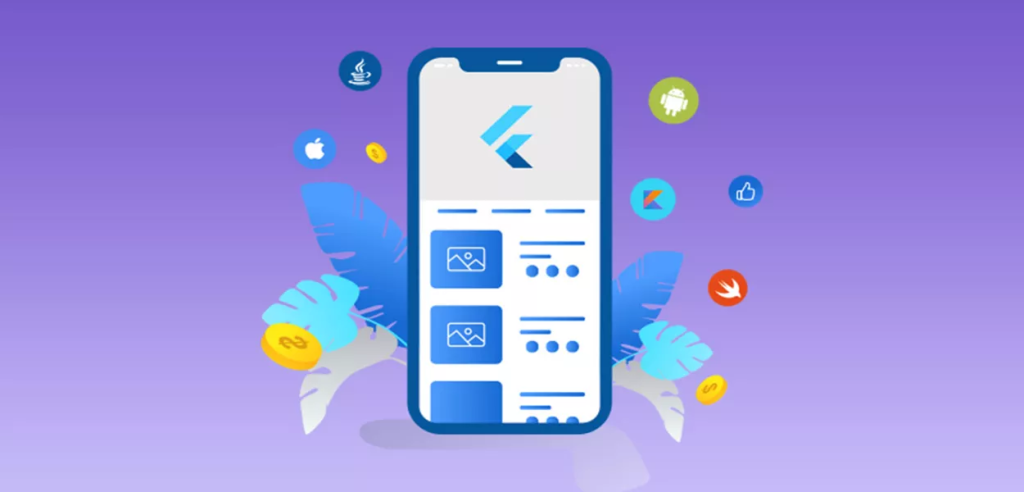Reverse engineering is the process of deciphering the functioning of a system, device, or software by analyzing its components and understanding its behavior. In the context of software development, reverse engineering can lead to the exposure of proprietary algorithms, data structures, and code that developers may want to protect. Flutter is a popular UI toolkit for building natively compiled applications for mobile, web, and desktop from a single codebase. In this article, we will discuss some best practices to minimize the risk of reverse engineering in Flutter applications.
1. Obfuscation
Obfuscation is a technique that makes the source code more difficult to understand by renaming variables, functions, and classes to meaningless or unintelligible names. This can help protect your intellectual property and make it harder for an attacker to reverse-engineer your code.
In Flutter, you can enable obfuscation by modifying the build command. For Android, you can use the following command:
flutter build apk --obfuscate --split-debug-info=./debug_infoFor iOS, use the following command:
flutter build ios --obfuscate --split-debug-info=./debug_infoThis will produce an obfuscated binary file that can be more challenging to reverse-engineer, but it may only protect against some forms of reverse engineering.
2. Code Splitting
Code splitting is a technique that allows you to divide your application into smaller chunks and load them on demand. This can make it more challenging for an attacker to reverse-engineer your code, as they would need to analyze multiple files instead of just one.
In Flutter, you can achieve code splitting using deferred imports. This feature allows you to load parts of your application lazily when needed. To use deferred imports, you need to:
- Mark the import statement with the
deferredkeyword. - Use the
loadLibraryfunction to load the module when needed.
Here’s an example:
import 'package:my_app/feature.dart' deferred as feature;
void main() async {
runApp(MyApp());
}
class MyApp extends StatelessWidget {
@override
Widget build(BuildContext context) {
return MaterialApp(
home: Scaffold(
appBar: AppBar(title: Text('My App')),
body: Center(
child: RaisedButton(
onPressed: () async {
await feature.loadLibrary();
feature.showFeature();
},
child: Text('Load Feature'),
),
),
),
);
}
}3. Use Native Code
Another technique to protect your code from reverse engineering is by using native code written in languages like C, C++, or Swift. Native code is often more challenging to reverse-engineer compared to Dart code. You can use platform channels in Flutter to communicate with the native code, and you can write the most critical and sensitive parts of your application in native languages.
4. Encrypt Sensitive Data
Always encrypt sensitive data such as API keys, user credentials, and other critical information. This can help protect your application even if an attacker manages to reverse-engineer parts of your code. You can use encryption libraries such as PointyCastle or Encrypt for Dart to implement encryption in your application.
5. Regularly Update Your Dependencies
Keeping your dependencies up-to-date is essential for avoiding security vulnerabilities. Regularly update your packages to their latest versions to benefit from security patches and improvements. You can use the pub outdated command to check for outdated dependencies and the pub upgrade command to update them.
6. Monitor and Protect Your Application
Lastly, monitor your application’s performance and security in real-time using services like Firebase Crashlytics or Sentry. These services can help you detect anomalies and quickly respond to security breaches.
In conclusion, while it’s impossible to completely prevent reverse engineering, you can make it significantly more difficult for attackers by following these best practices. Obfuscate your code, use code splitting, implement native code, encrypt sensitive data, keep your dependencies up-to-date, and monitor your application’s security to minimize the risk of reverse engineering in your Flutter applications.
7. Protect API Keys
To prevent unauthorized access, API keys should be secured using obfuscation or encryption techniques. Application restriction controls can be applied to regulate access to API keys based on applications, websites, or IP addresses. Encrypting and decrypting API keys at runtime adds an extra layer of security, making it difficult for hackers to decipher the data. Storing API keys in the repository should be avoided to minimize the risk of exposing their values. It is not recommended to use Firebase Remote Config for storing sensitive data.
8. Utilize Flutter Jailbreak Detection
The Flutter_jailbreak_detection package helps protect apps against security threats on jailbroken or rooted devices. This package enables the detection of compromised devices, as they have higher privileges that facilitate the installation of malware and viruses. Flutter apps utilizing jailbreak detection employ RootBeer on Android and DTTJailbreakDetection on iOS to identify whether the app is running on a jailbroken or rooted device.
9. Ensure Secure Network Connections
Establishing secure network connections between mobile apps and servers is essential for app protection. Utilize Transport Secure Layer (TSL) to enable secure information exchange. Whitelisting your domain helps restrict insecure traffic. Implementing certificate pinning is another recommended security practice that ensures all connections are secure and prevents data tampering using illegitimate certificates.
10. Minimize App Permissions
When granting app permissions, it is crucial to limit access to only necessary hardware and native APIs. Avoid using plugins that request unnecessary permissions.
11. Safeguard User Data
Safeguard User Data: When sensitive data, such as Personally Identifiable Information (PII) or authentication tokens, needs to be stored, use the Flutter_secure_storage package. This package utilizes Keystore for Android and Keychains for iOS. Additionally, Dart’s Hive package can be employed for local data storage to prevent tampering.





